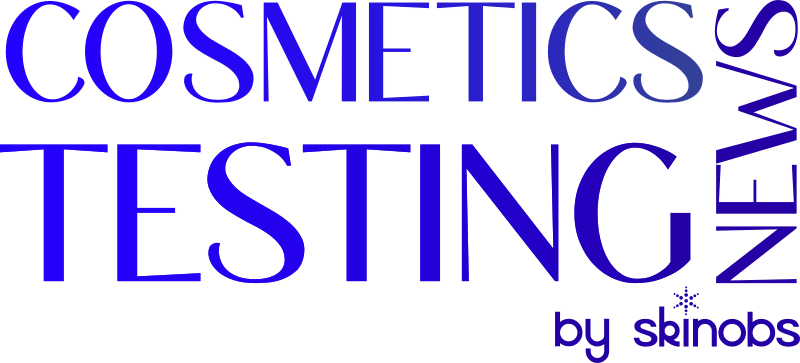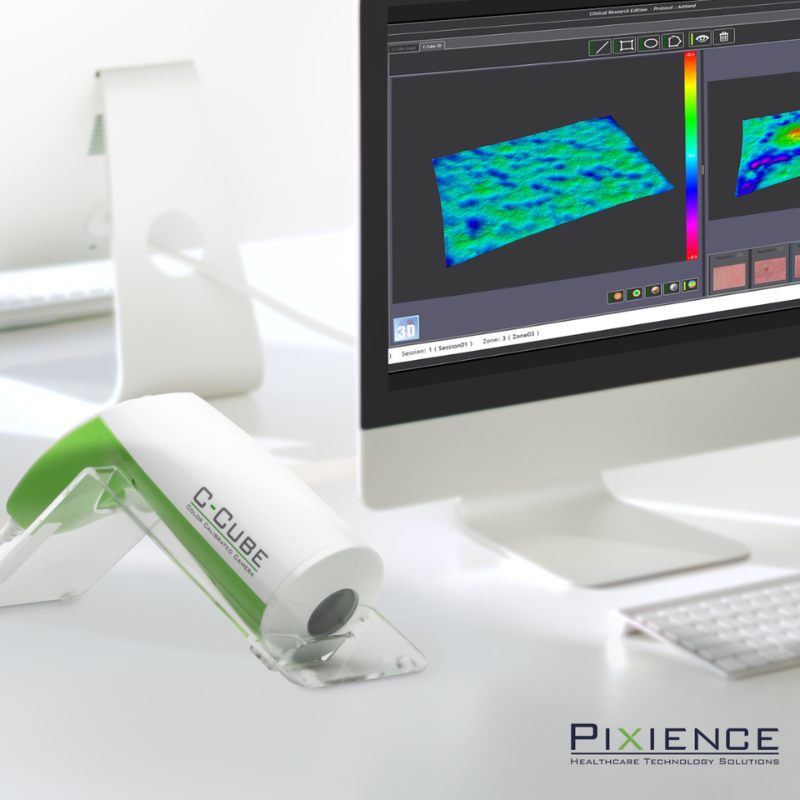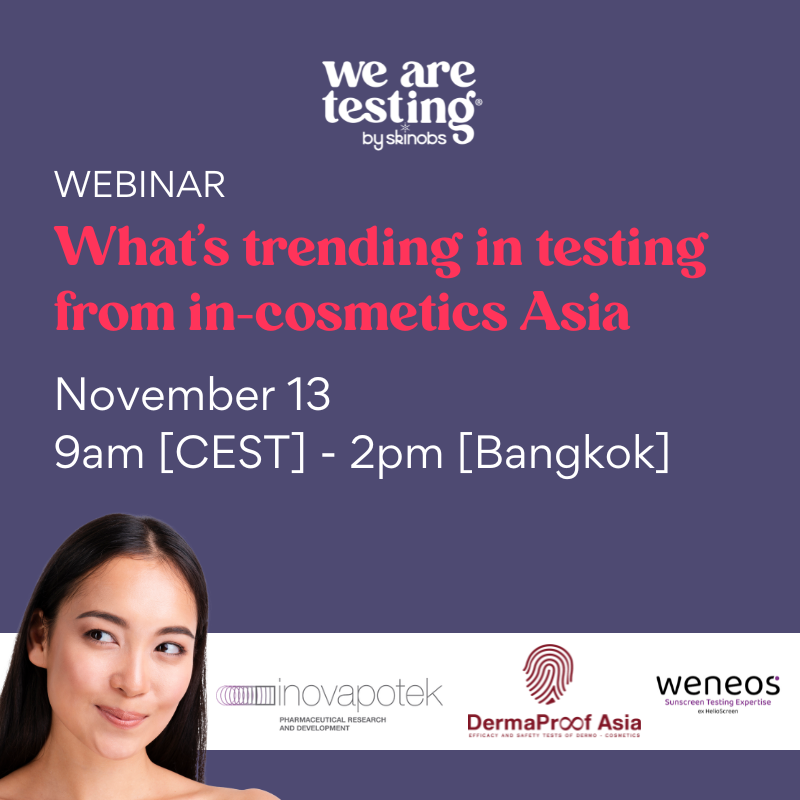This is a quite rare event so it is worth a mention, a new sunscreen has been included in Appendix VI of the cosmetics regulations:
So here is Phenylene Bis-Diphenyltriazine!
Whilst it is not yet in general use, this is a good time for us to shed some light on these agents which require close monitoring.
Why
Proving the protective capacities of a sunscreen product with a claimed SPF (using a suitable testing procedure: Vitro, vivo or both) is clearly a major obligation for those putting it on the market.
In the majority of cases, this test is only done once during the lifetime of a product, and most often using a laboratory formulation. However this can be too fragile to guarantee a sufficient degree of safety.
The Responsible Person must verify that the protection factor remains sufficient to ensure the safety of its users at each and every stage of the product’s development and marketing.
But for this there is no need to repeat the SPF tests at each stage. Checking the specifications of organic or mineral sunscreens by dosage will provide the essential information to prove that the stated degree of sun protection is still present; thus demonstrating the effectiveness of the formulation in protecting the consumer against exposure to the sun.
WHEN
Sunscreen dosage checks should be completed:
1) when stable under accelerated conditions,
2) on at least the first 3 production batches,
3) at regular intervals for the following batches.
4) during spot checks at points of sale and in product sample libraries (actual ageing)
They also provide better formulation data and therefore add to the PIF.
Contacts
Jean Louis Fiacre : jlf.com@cosmepar.fr
Simon CATROUX : scatroux@cosmepar.fr






